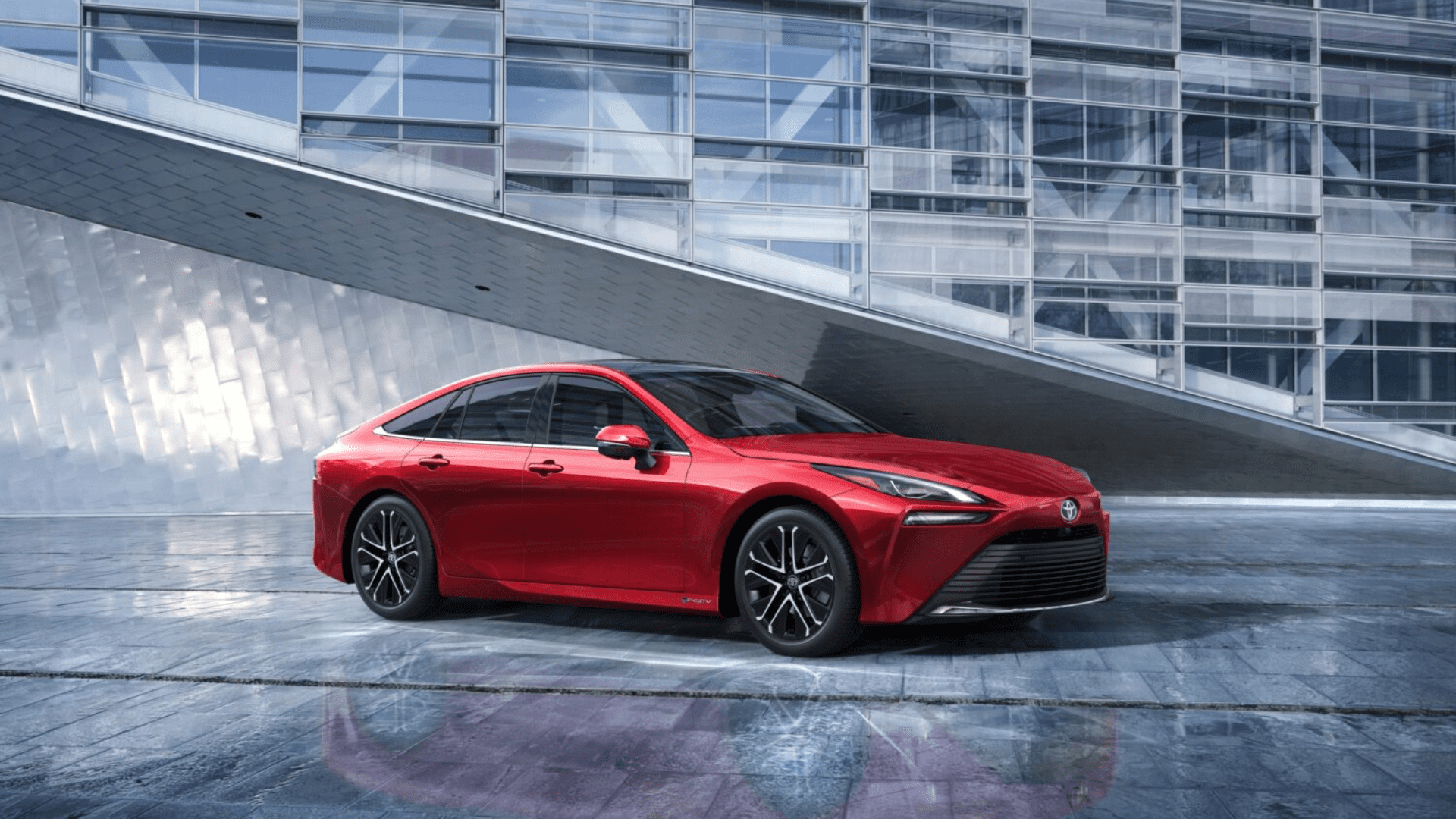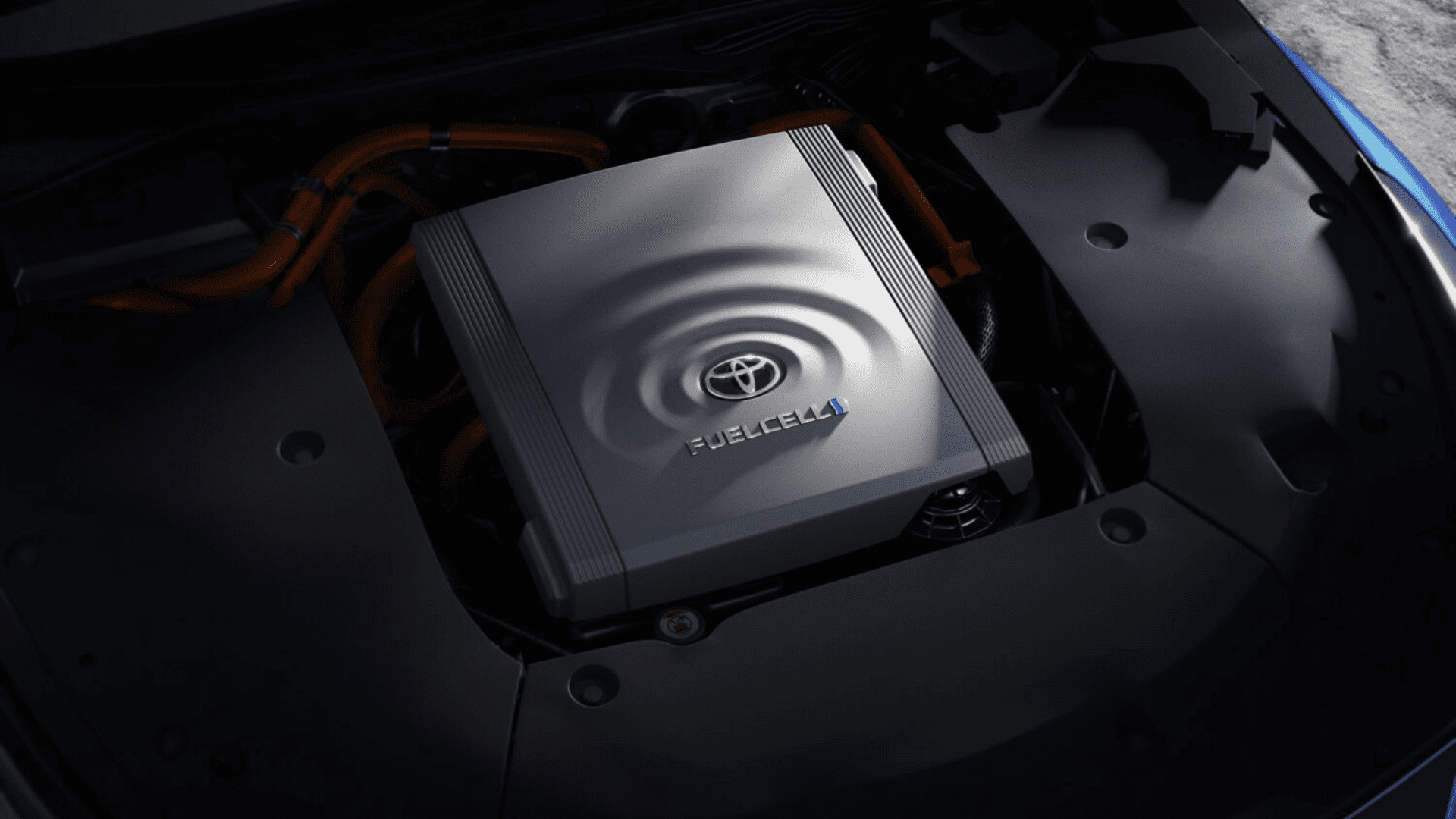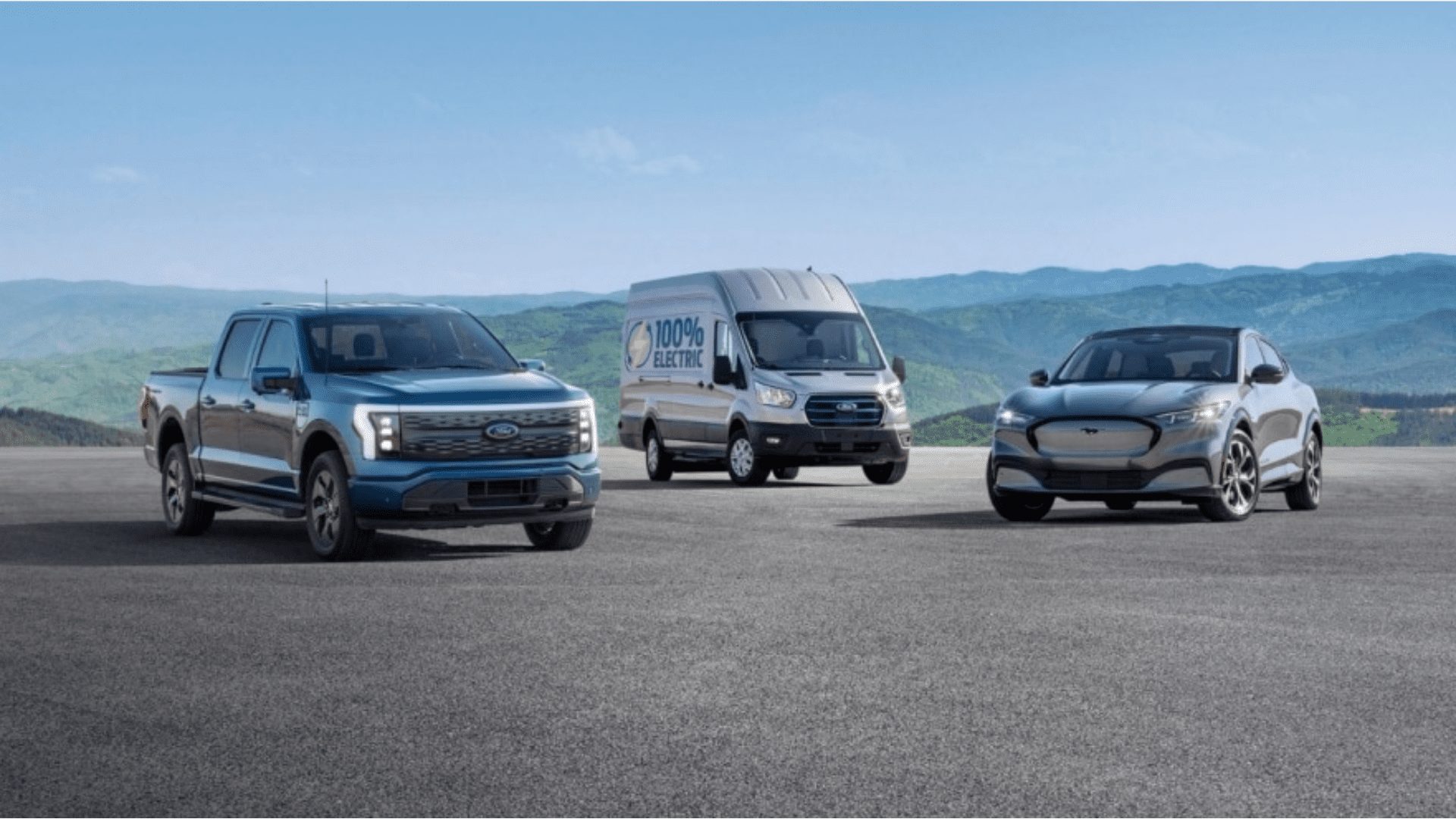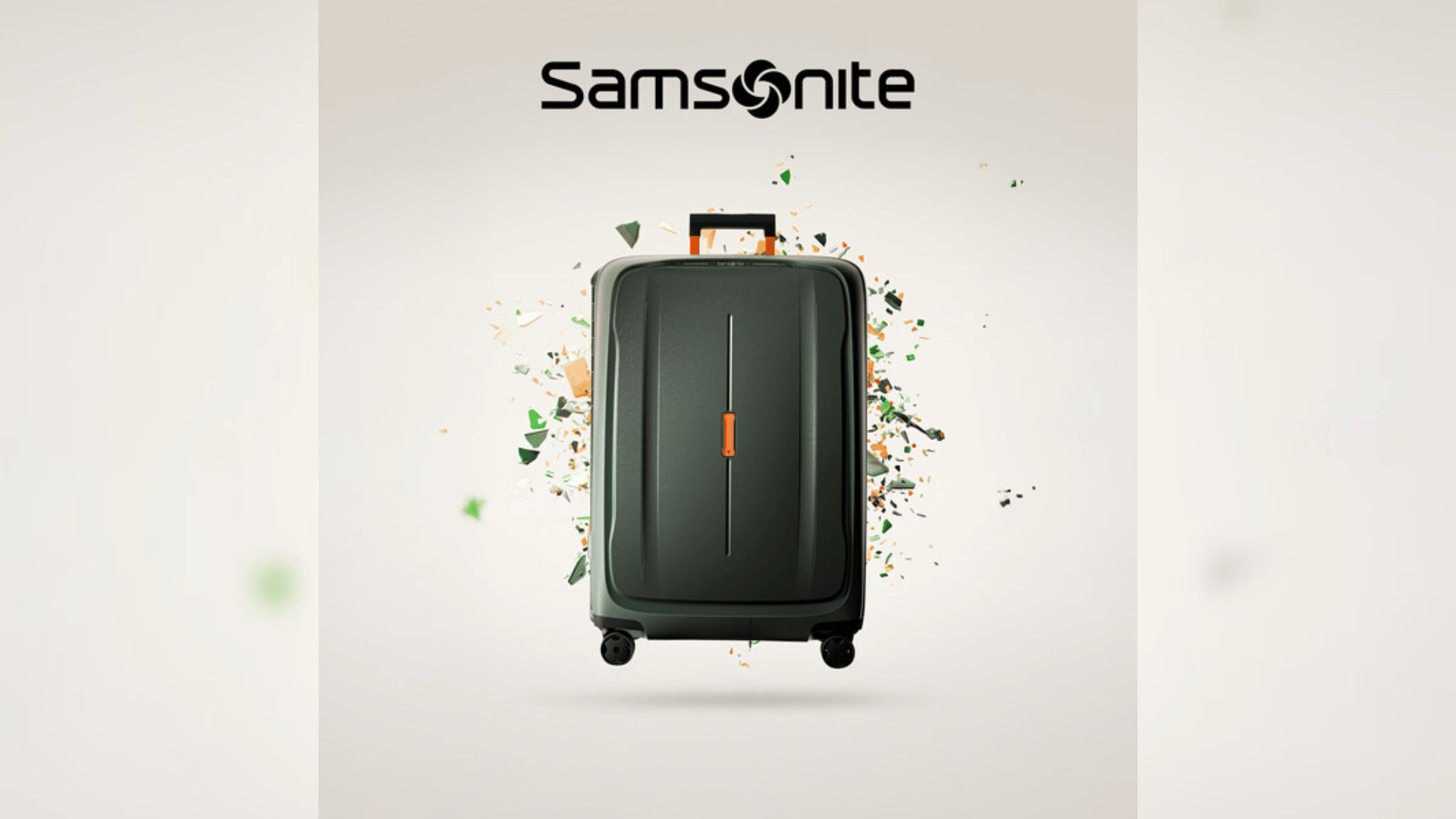Industries worldwide are looking for ways to cut carbon emissions, with the automotive industry taking that head-on by introducing creative new technologies to tackle the issue. Toyota is one such company that is taking a unique approach by using hydrogen to power fuel cell electric vehicles like its innovative Mirai.
Toyota Mirai

“Mirai” is Japanese for “future,” which is a fitting name for Toyota’s hydrogen-powered, zero-emission car. The Mirai is essentially a “plugless” electric vehicle. Instead of plugging the Fuel Cell Electric Vehicle (FCEV) in to charge, it gets filled with hydrogen. Rather than filling the FCEV with liquid gasoline, the driver fills it with non-toxic, compressed hydrogen gas.
According to Toyota, an FCEV generates its own electricity onboard from hydrogen, with water as its only emission. A fuel cell system combines stored hydrogen with oxygen from the air, and the onboard fuel cell generates electricity to power the vehicle. The fuel cell system’s only byproduct is water, which is dispensed out of a hidden vent pipe beneath the car.
Electricity generated by the Mirai’s fuel cell and the regenerative braking system is stored in a lithium-ion battery. Pressing the accelerator immediately produces a flow of electric power from the fuel cell to the rear-mounted AC synchronous electric motor, which drives the rear wheels. An electric air compressor pressurizes the intake air, and a water-cooled intercooler reduces the temperature of the compressed air before it enters the fuel cell stack. A water-cooled oil cooler integrated with the air compressor helps maximize efficiency.
Like other electric vehicles, the intake system is designed to eliminate noise, making the Mirai’s electric powertrain virtually silent. In fact, like other electric vehicles, Toyota actually adds an audible sound when the vehicle is in operation to alert those nearby.
Fuel Cell Tech

Toyota began its fuel cell journey around the same time as the original Prius, and much like other electrified vehicles, the Mirai shares many of the same components as Toyota’s hybrids and battery-electric vehicles. The car manufacturer developed the solid-polymer electrolyte fuel cells used in the first and second-generation Mirai. According to Toyota, “It is a scalable technology that can be made small enough to power a phone or large enough to power a building, or anything in between.” For example, the company installed fuel cell powertrains in a fleet of Kenworth semi-trucks for a proof-of-concept demonstration to show the possibility of zero-emission technology. The big rigs have been used for moving freight in and around the Ports of Los Angeles and Long Beach, California.
Toyota is a founding member of the Hydrogen Council, whose goal is to use decarbonized hydrogen for transportation. Hydrogen fuel cell technology can provide clean energy solutions, support carbon reduction in transportation and facilities, and is part of Toyota’s goal to work toward its sustainability goals for the future.
Tune in to the Science Channel to watch High on Hydrogen at 10 AM ET on Saturday, October 12!







